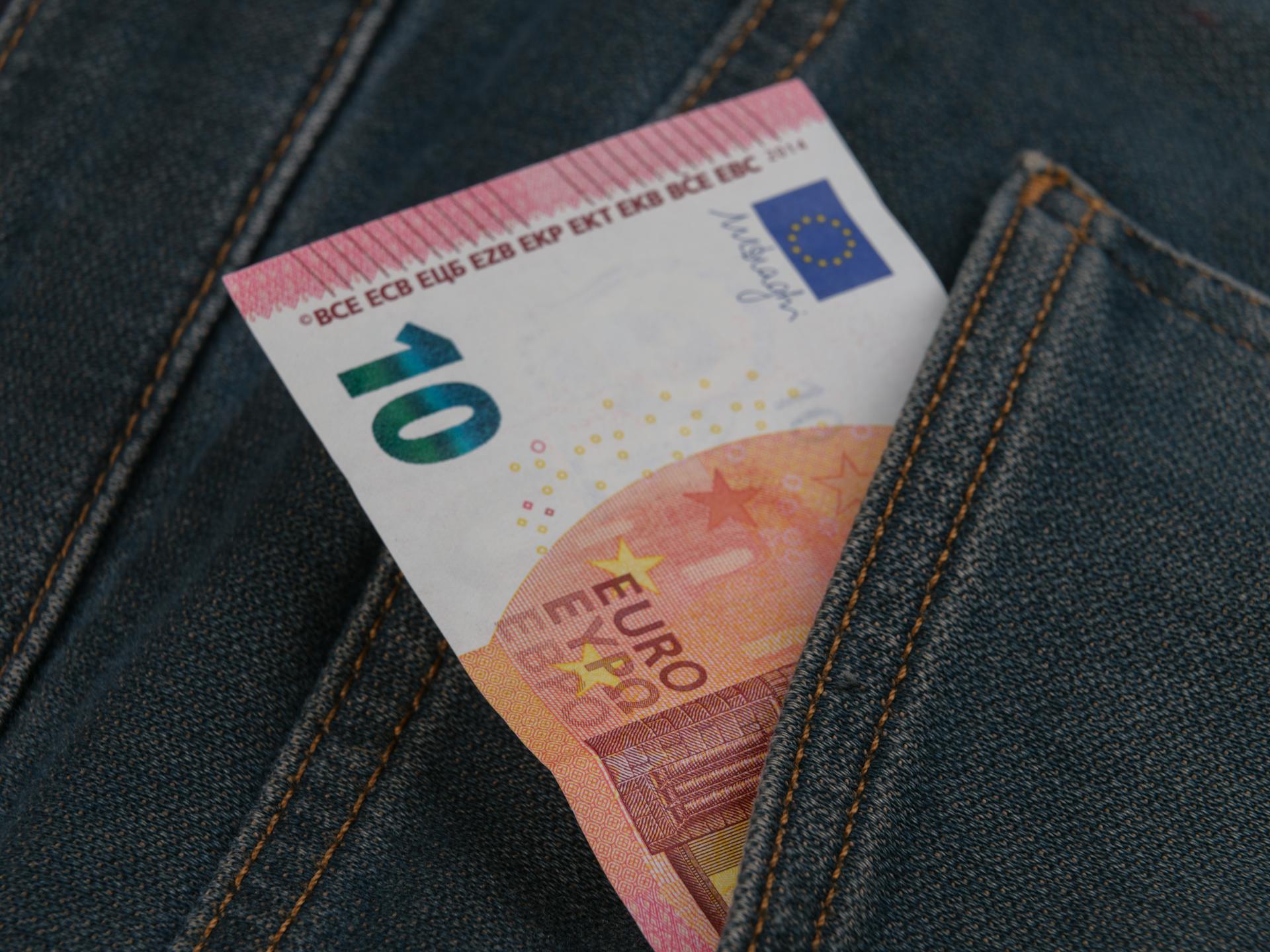Real income per capita declined in both the euro area and the European Union during the first quarter of 2025, according to figures released on Friday by Eurostat.
In the euro area, household real consumption per capita dropped by 0.2 per cent between January and March 2025, following a 0.4 per cent increase during the final quarter of 2024.
Meanwhile, household real income per capita also fell by 0.1 per cent in the first quarter, compared to a 0.2 per cent increase in the previous quarter.
The EU experienced a similar downward trend. Household real consumption per capita in the EU decreased by 0.3 per cent in the first quarter of 2025, after a 0.4 per cent increase in the fourth quarter of 2024.
At the same time, household real income per capita declined by 0.2 per cent, following a 0.3 per cent increase during the preceding quarter.
Despite the drop in real income and consumption, household gross disposable income in nominal terms rose during the period.
In the euro area, gross disposable income increased by 0.8 per cent, while in the EU it grew by 1.0 per cent on a seasonally adjusted basis.
Eurostat explained that “the increase is mainly explained by the large positive contribution of compensation of employees in both the euro area and the EU.”
They added that “current taxes and net social contributions was the main negative contributor.”
The household saving rate showed a marginal increase in both regions.
Compared with the previous quarter, the saving rate rose by 0.1 percentage point in the euro area and by 0.2 percentage points in the EU.
Among the member states with available data, the household saving rate increased in seven countries and declined in eight.
Hungary recorded the largest increase at 1.6 percentage points, followed by Belgium and the Netherlands, both with an increase of 0.7 percentage points.
Conversely, the biggest declines were seen in Greece and Portugal, with decreases of 3.6 and 3.0 percentage points respectively.
The household investment rate remained unchanged across both the euro area and the EU.
This stability marked no change from the previous quarter.
Of the countries for which data were published, the investment rate rose in four member states, remained stable in six, and declined in five.
The Netherlands and Denmark recorded increases of 0.6 and 0.2 percentage points respectively.
The largest decreases were observed in Belgium, which fell by 0.5 percentage points, Greece with a 0.3 percentage point decline, and Hungary, down by 0.2 percentage points.







Click here to change your cookie preferences